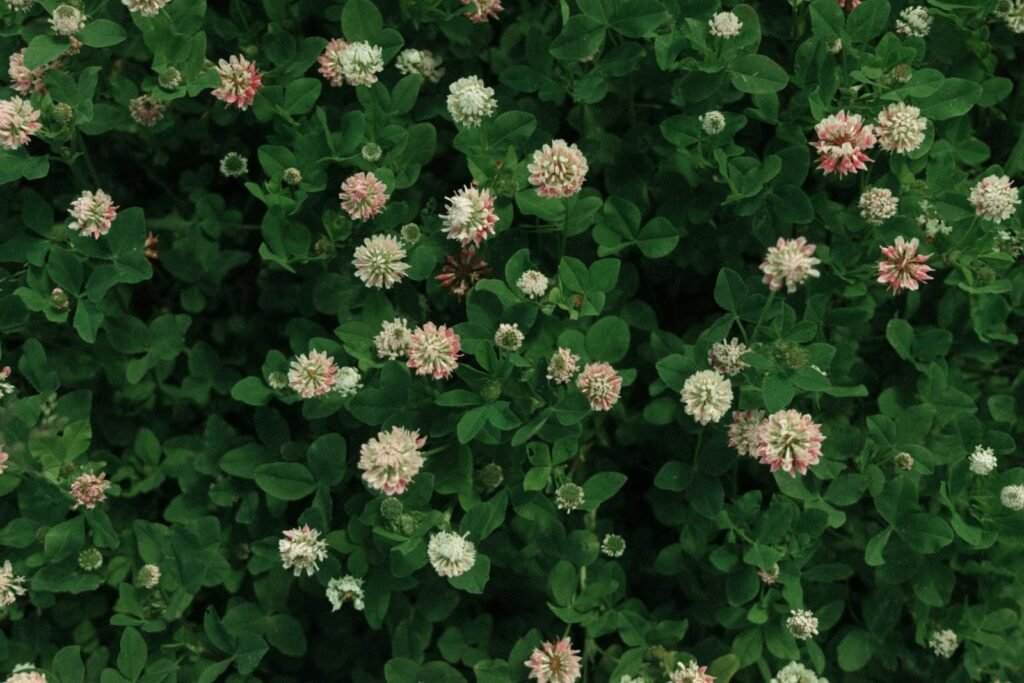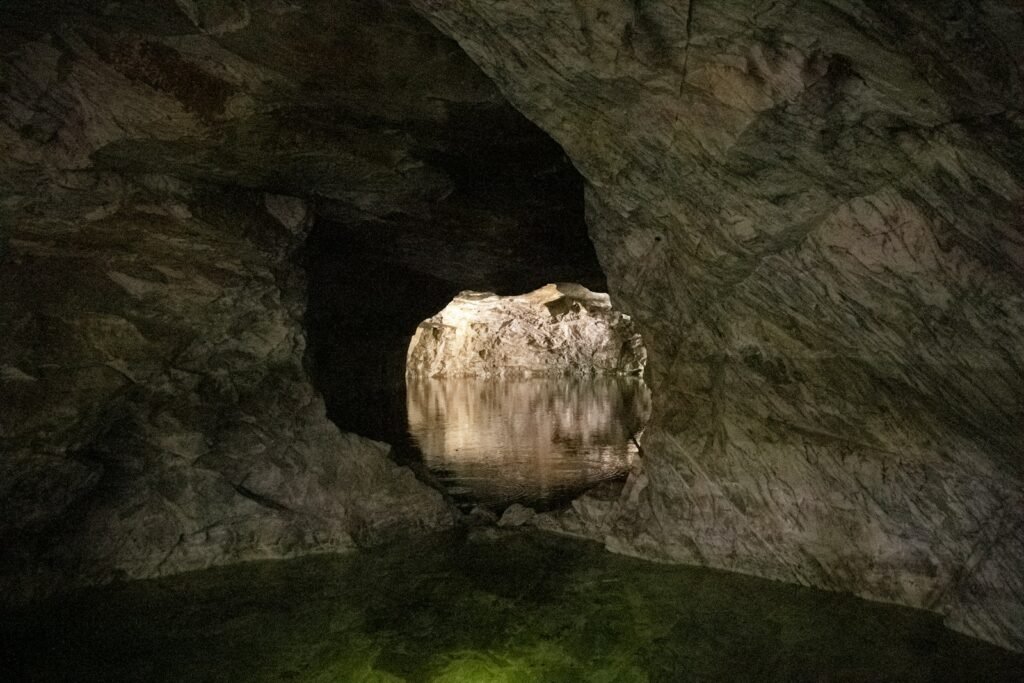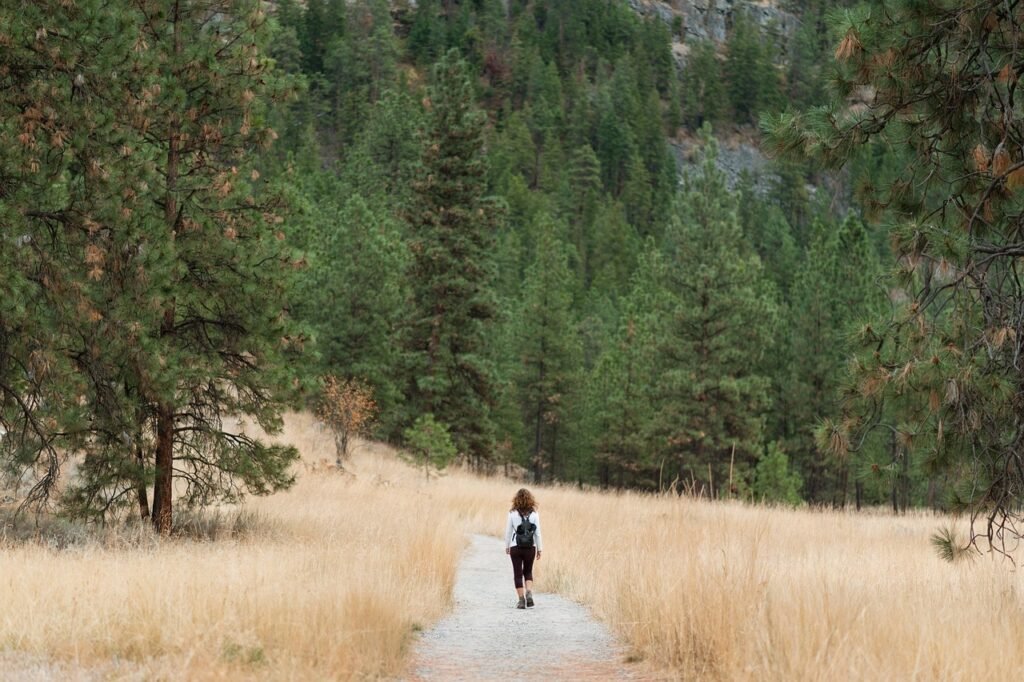Imagine walking through your neighborhood and noticing something extraordinary happening in the yards around you. Where once sterile lawns stretched endlessly, now native wildflowers dance in the breeze, butterflies flit between indigenous shrubs, and the air buzzes with the activity of countless beneficial insects. This isn’t a fantasy – it’s the quiet revolution taking place in suburban communities across the country, where everyday gardeners are becoming ecological warriors, transforming their small patches of earth into powerful havens for native wildlife and plants.
The Silent Invasion That Changed Everything

Most people don’t realize that their perfectly manicured lawns and ornamental gardens might be ecological disasters in disguise. Non-native plants, introduced decades or even centuries ago, have been quietly spreading beyond garden borders, choking out native species and disrupting delicate food webs that took millennia to develop. Purple loosestrife, for instance, can produce up to 3 million seeds per plant, turning wetlands into monocultures where native birds and insects can no longer survive. What started as innocent landscaping choices has created a domino effect that’s fundamentally altered the biological fabric of our suburban landscapes. The most shocking part? Many of these invasive species were actually promoted by nurseries and landscaping companies as “low maintenance” solutions.
When Gardeners Became Ecosystem Detectives

The transformation began when curious homeowners started asking uncomfortable questions about their yards. Why weren’t there any butterflies visiting their butterfly bush? Where had all the fireflies gone that they remembered from childhood? These observations led to a startling discovery: many popular garden plants were ecological dead zones, offering nothing to native wildlife. Master Gardener programs across the country began reporting a surge in homeowners requesting plant identification services, desperate to understand what was actually growing in their yards. Armed with field guides and smartphone apps, these suburban sleuths began documenting the invasive species that had been hiding in plain sight. The revelation that a single native oak tree supports over 500 species of caterpillars while most non-native trees support fewer than 10 became a rallying cry for change.
The Great Plant Swap Revolution
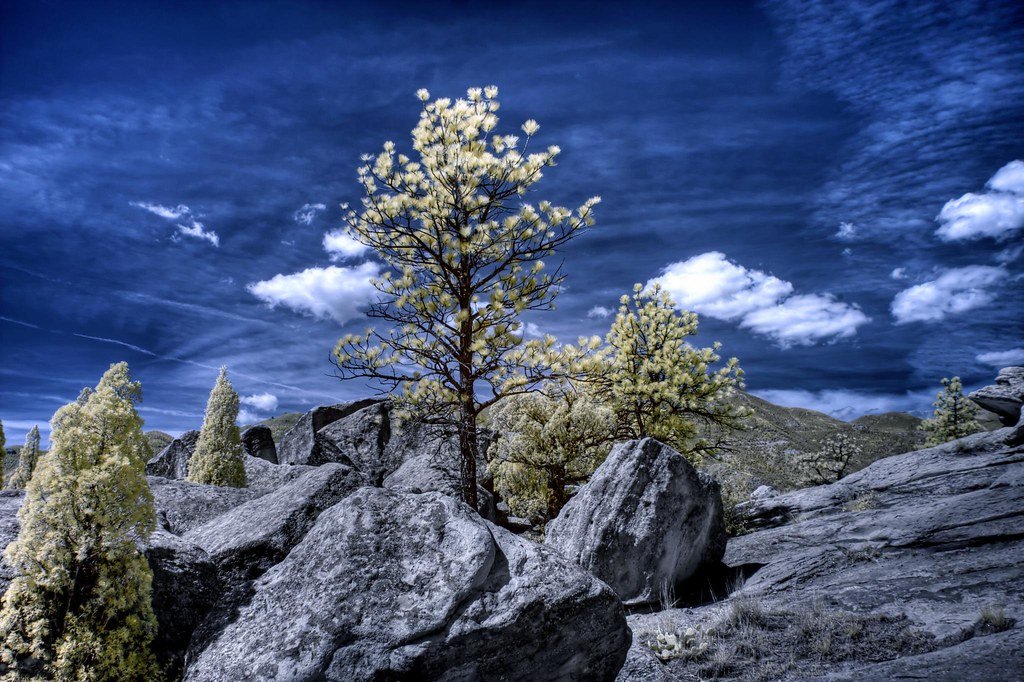
Community plant swaps have become the underground railroad of the native plant movement, with neighbors trading homegrown native seedlings like precious currency. These grassroots events, often organized through social media groups or local gardening clubs, have created networks of ecological restoration that span entire neighborhoods. What makes these swaps particularly powerful is their ability to spread locally adapted genetics – plants that have survived in specific microclimates and soil conditions for generations. Participants often share not just plants, but knowledge about which native species thrive in shadier corners, clay soils, or drought conditions. The economic impact is significant too, as native plants can cost $15-30 each at nurseries, but a single established plant can produce dozens of offspring through natural propagation.
Guerrilla Gardening Goes Native

Some of the most dramatic transformations are happening in forgotten spaces – abandoned lots, roadside strips, and neglected public areas where passionate gardeners are conducting covert native plant installations. These modern-day guerrilla gardeners arrive armed with seed bombs, hand tools, and carefully researched lists of native species that can survive without irrigation or maintenance. Their activities often fly under the radar of municipal authorities, but the results speak for themselves as barren areas explode with native wildflowers and attract clouds of pollinators. One group in Portland documented how their unauthorized plantings of native lupines along a busy corridor created habitat for endangered butterflies that hadn’t been seen in the area for over two decades. The beauty of guerrilla gardening is that once native plants establish themselves, they often spread naturally, creating self-sustaining pockets of restored habitat.
Technology Meets Ancient Ecology

Modern gardeners are leveraging cutting-edge technology to make informed decisions about native plant restoration, using apps that can instantly identify invasive species and suggest native alternatives. iNaturalist, a citizen science platform, has become an essential tool for documenting the return of native wildlife to restored gardens, with users contributing millions of observations that help scientists track ecosystem recovery. Some gardeners are using soil testing apps to determine which native plants will thrive in their specific conditions, while others employ trail cameras to document the wildlife that visits their native plantings. The data collected through these technologies is creating a comprehensive picture of suburban ecosystem restoration that researchers couldn’t have imagined just decades ago. GPS mapping allows gardeners to create detailed records of their restoration efforts, turning individual yards into valuable research sites.
The Pollinator Highway Project

Individual gardens are connecting to form “pollinator highways” – continuous corridors of native plants that allow bees, butterflies, and other insects to travel safely through suburban landscapes. This coordinated effort requires neighbors to communicate and plan their plantings strategically, creating a network effect where the whole becomes greater than the sum of its parts. Research has shown that pollinators can travel up to three miles to forage, but they need rest stops and food sources along the way, making these connected gardens crucial for species survival. Some communities have created maps showing participating gardens, allowing residents to see how their efforts contribute to larger conservation goals. The results are often visible within a single growing season, as native bee populations explode and butterfly migrations return to routes that had been abandoned for years.
Lawn Liberation Movement

The most radical gardeners are completely eliminating their lawns, replacing them with diverse native plant communities that require no fertilizers, pesticides, or weekly mowing. This “lawn liberation” movement challenges fundamental assumptions about suburban aesthetics, proving that beautiful landscapes don’t require the ecological devastation of traditional turf grass. Native meadow gardens can support 40 times more biodiversity than conventional lawns while requiring 90% less water once established. Some homeowners have documented their lawn-to-meadow transformations on social media, inspiring thousands of followers to consider similar conversions. The economic benefits are substantial – homeowners can save hundreds of dollars annually on lawn care while creating habitat that supports endangered species.
Seasonal Succession Strategies

Advanced native gardeners are creating sophisticated planting schemes that ensure continuous blooms and food sources throughout the growing season, mimicking the natural succession patterns of local ecosystems. This requires deep knowledge of which native species bloom in early spring, which provide summer nectar, and which offer seeds and berries for fall and winter wildlife survival. The strategy involves layering different plant communities – spring ephemerals that complete their life cycles before trees leaf out, summer prairie flowers that peak during hot months, and late-blooming asters that provide crucial fall nectar for migrating butterflies. Some gardeners maintain detailed blooming calendars, timing their plantings so that something is always flowering from March through November. This temporal diversity creates stable food webs that can support resident wildlife year-round rather than just during peak growing seasons.
Seed Collection Societies

Dedicated gardeners are forming seed collection societies, venturing into remaining natural areas to gather genetic material from wild native plant populations before development destroys them forever. These groups operate with scientific precision, following ethical harvesting protocols that ensure they don’t damage wild populations while preserving crucial genetic diversity. Members often specialize in particular plant families or habitats, becoming experts in the propagation techniques needed to grow challenging native species from seed. The seeds they collect are shared through networks that can span multiple states, ensuring that locally adapted genetics are preserved even as natural habitats disappear. Some societies have partnered with botanical gardens and universities, contributing to official seed banks that preserve genetic material for future restoration projects.
Climate Adaptation Pioneers

Forward-thinking gardeners are selecting native plants not just for current conditions, but for the climate scenarios their gardens will face in coming decades. This involves researching native species from slightly warmer regions or different precipitation patterns, essentially conducting climate migration experiments in suburban settings. These gardeners are becoming inadvertent climate researchers, documenting which species thrive as temperatures rise and weather patterns shift. Their observations are invaluable for predicting how natural ecosystems might adapt to climate change and which species might need human assistance to migrate to suitable habitats. Some are creating “climate gardens” that test species from 100-200 miles south of their location, preparing for the day when those plants’ native ranges shift northward.
Water Wise Native Landscapes

Native plant gardeners are proving that water conservation and biodiversity can go hand in hand, creating lush landscapes that survive entirely on natural rainfall once established. These drought-adapted native gardens often flourish during dry spells when conventional landscapes require constant irrigation, demonstrating the superior adaptation of plants that evolved in local climate conditions. Rain gardens planted with native sedges and wildflowers can absorb thousands of gallons of stormwater that would otherwise cause flooding and erosion. Some gardeners have eliminated their irrigation systems entirely, relying on careful plant selection and mulching techniques to create resilient landscapes that actually improve during drought stress. The water savings are dramatic – native landscapes typically use 50-80% less water than conventional gardens while supporting exponentially more wildlife.
Children as Ecosystem Ambassadors
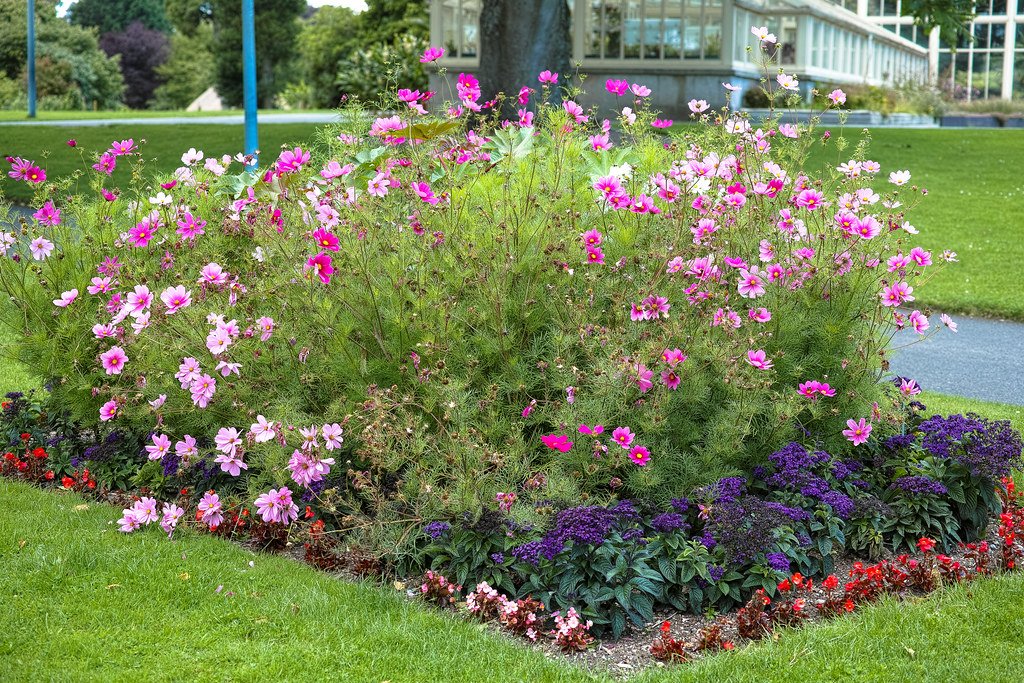
Perhaps the most powerful aspect of the suburban restoration movement is how it’s inspiring the next generation of conservationists through hands-on experience with native ecosystems. Children who grow up in restored gardens develop an intuitive understanding of ecological relationships that no classroom could provide, watching caterpillars transform into butterflies and learning to identify bird calls and native plants. School gardens are increasingly incorporating native species, creating outdoor classrooms where students can observe pollination, seed dispersal, and seasonal changes firsthand. Young people often become the most passionate advocates for native plants, pressuring their parents to eliminate invasive species and plant for wildlife. These children are growing up with a fundamentally different relationship to nature than previous suburban generations, seeing their yards as habitats rather than decorative spaces.
Economic Ecosystems Emerge

The demand for native plants has created new economic opportunities, with specialty nurseries, seed companies, and landscaping services focused exclusively on ecological restoration emerging in communities across the country. Local native plant sales have become major fundraising events for environmental organizations, often selling out of rare species within hours of opening. Some gardeners have turned their expertise into consulting businesses, helping neighbors design and install native landscapes or remove invasive species. The economic ripple effects extend to reduced municipal costs for stormwater management, pesticide applications in public spaces, and lawn maintenance in parks and medians. Insurance companies are beginning to recognize that native landscaping reduces flood damage and fire risk, leading to potential premium discounts for homeowners who eliminate conventional lawns.
Scientific Citizen Contributions

Suburban gardeners engaged in native plant restoration are contributing valuable data to ongoing scientific research, participating in studies on pollinator behavior, climate adaptation, and ecosystem recovery rates. Their gardens serve as living laboratories where researchers can study how quickly degraded suburban habitats can recover when native species are reintroduced. Long-term monitoring by dedicated gardeners has revealed surprising insights about which native species establish most quickly, which combinations create the most resilient plant communities, and how wildlife populations respond to habitat restoration. Some homeowners have documented the return of bird species that hadn’t been seen in their neighborhoods for decades, providing evidence that even small-scale restoration efforts can have significant conservation impacts. This citizen science data is helping inform larger conservation strategies and policy decisions about urban planning and development.
Overcoming Aesthetic Prejudices
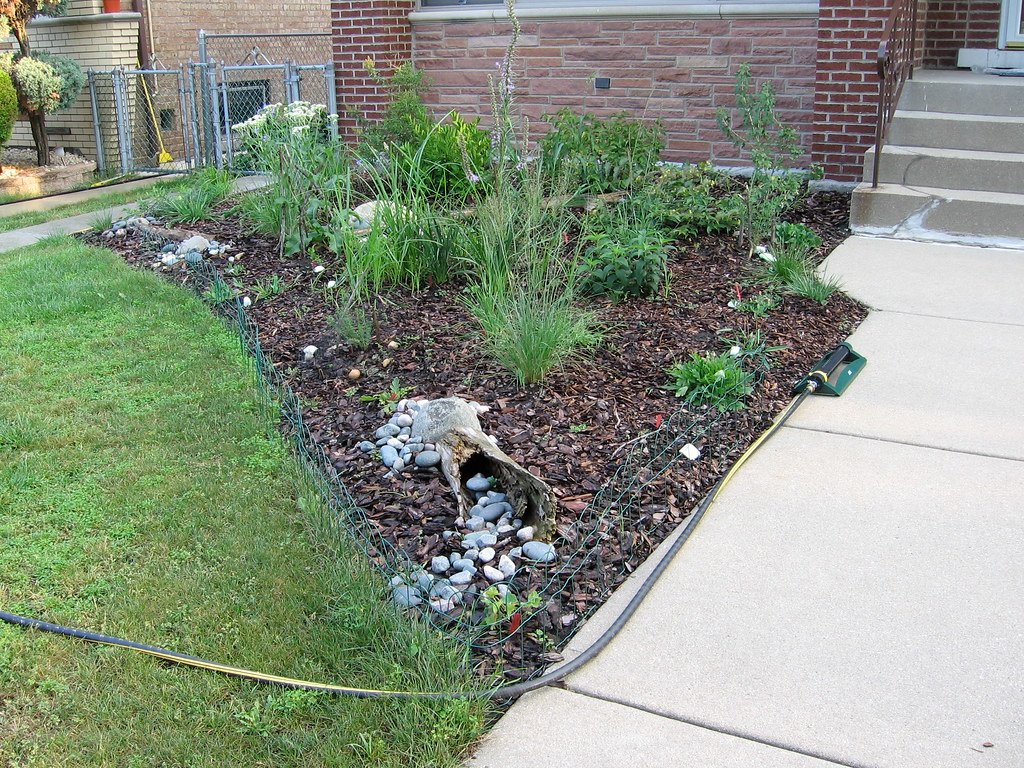
One of the biggest challenges native plant gardeners face is changing deeply ingrained cultural assumptions about what landscapes should look like, challenging the notion that “neat and tidy” equals beautiful or responsible. Many gardeners report initial resistance from neighbors or homeowners associations who view native prairies as “weedy” or unkempt, requiring patience and education to change perceptions. The most successful advocates document their gardens through photography, showing the incredible diversity of colors, textures, and seasonal changes that native landscapes provide. Some create interpretive signs explaining the ecological benefits of their plantings, helping neighbors understand that apparent “messiness” is actually sophisticated habitat design. Over time, many skeptical neighbors become converts when they witness the explosion of butterflies, birds, and beneficial insects that native gardens attract.
Restoration Challenges and Victories
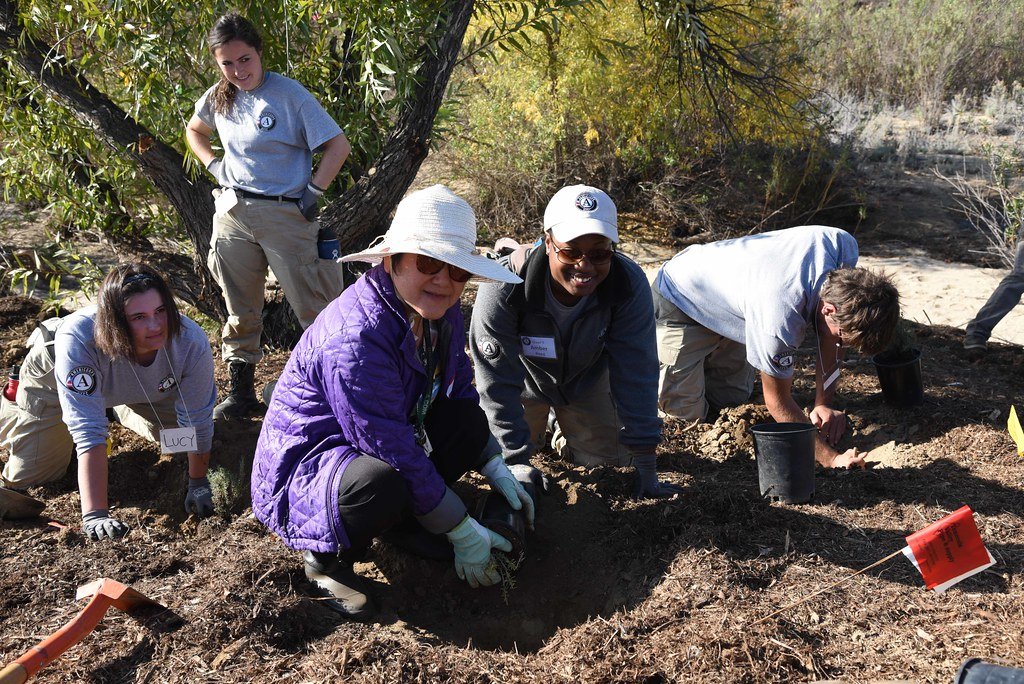
Native plant gardening requires patience and persistence, as many species take several years to establish and invasive plants often require repeated removal efforts before native communities can stabilize. Gardeners quickly learn that ecological restoration is more complex than simply planting native species – it requires understanding soil conditions, plant community dynamics, and the specific needs of local wildlife. Some of the greatest victories come from restoring degraded soils through composting and mycorrhizal inoculation, creating conditions where native plants can outcompete invasive species naturally. Experienced gardeners often mentor newcomers, sharing hard-won knowledge about which techniques work in local conditions and which mistakes to avoid. The learning curve can be steep, but the rewards are profound when a formerly sterile landscape transforms into a thriving ecosystem that supports dozens of native species.
Regional Adaptation Networks

Native plant gardeners are organizing into regional networks that share knowledge specific to local ecosystems, recognizing that techniques that work in prairie regions may not apply in coastal or mountain environments. These networks often focus on particular habitat types – woodland gardeners sharing techniques for growing native ferns and wildflowers, prairie enthusiasts perfecting grass seed establishment, or desert gardeners specializing in water-wise cacti and native shrubs. Regional plant societies maintain seed exchanges and cutting swaps that preserve local genetic adaptations, ensuring that restored habitats contain plants that are truly suited to specific microclimates and soil conditions. Some networks have developed sophisticated protocols for collecting and processing seeds from wild populations, maintaining genetic diversity while scaling up restoration efforts. The expertise developed within these regional groups often surpasses what’s available through traditional gardening resources, as members become specialists in their local native flora.
Policy and Advocacy Impacts
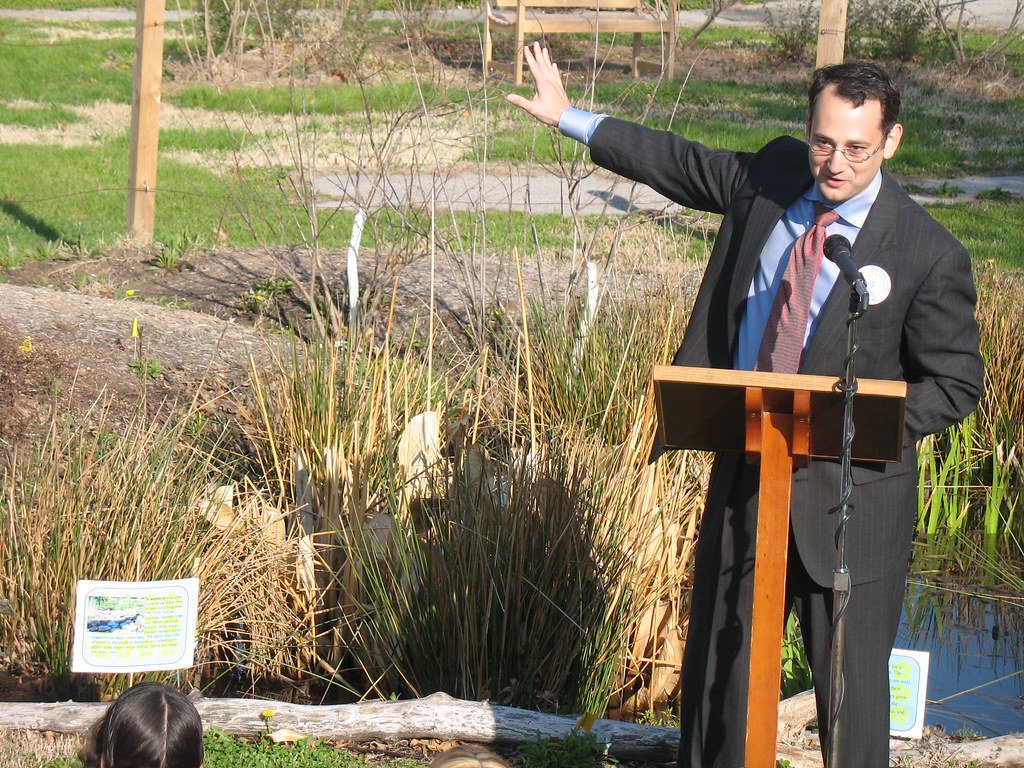
Successful suburban restoration projects are influencing local policy decisions, with municipalities adopting native plant requirements for new developments and offering incentives for homeowners who eliminate lawns in favor of native landscapes. Some cities have changed their noxious weed ordinances to distinguish between harmful invasive species and native plants that might appear “weedy” to untrained eyes. Gardeners who have documented the biodiversity benefits of their native landscapes are testifying at city council meetings and planning commission hearings, armed with photographic evidence and species lists that demonstrate the conservation value of ecological landscaping. School districts are incorporating native plant gardens into their sustainability initiatives, creating educational opportunities while reducing maintenance costs. The collective voice of suburban ecosystem restorers is becoming impossible for policymakers to ignore as evidence mounts that small-scale habitat restoration can have significant environmental impacts.
Legacy Landscapes for the Future

The most dedicated native plant gardeners are thinking beyond their own lifetimes, creating landscape designs that will continue supporting wildlife for decades to come and training the next generation to carry on their restoration work. These gardeners often focus on establishing long-lived native trees and shrubs that will provide habitat structure for centuries, understanding that their efforts today are laying the foundation for future ecosystem recovery. Some are documenting their restoration techniques and plant selections in detailed journals, creating guides that future gardeners can use to continue their work. Estate planning for serious restoration gardeners increasingly includes provisions for maintaining native landscapes, with some homeowners working with land trusts to ensure their restored habitats receive permanent protection. The vision extends beyond individual properties to entire neighborhoods and watersheds transformed into interconnected networks of native habitat that can support viable populations of native species for generations to come.
The suburban landscape is quietly undergoing one of the most significant ecological transformations in modern history, driven not by government mandates or corporate initiatives, but by individual gardeners who decided their small patches of earth could make a difference. These ecological pioneers are proving that conservation doesn’t require vast wilderness areas or massive budgets – it requires knowledge, persistence, and a willingness to challenge conventional assumptions about what our neighborhoods should look like. Their efforts are reconnecting fragmented habitats, providing crucial resources for struggling wildlife populations, and creating resilient landscapes that can adapt to climate change while supporting human communities. The ripple effects of their work extend far beyond property lines, inspiring neighbors, influencing policy, and contributing valuable data to conservation science. What started as individual acts of ecological stewardship is becoming a movement that has the potential to fundamentally transform how we live alongside nature in suburban America. Will you be the next gardener to join this quiet revolution happening right in your own backyard?

